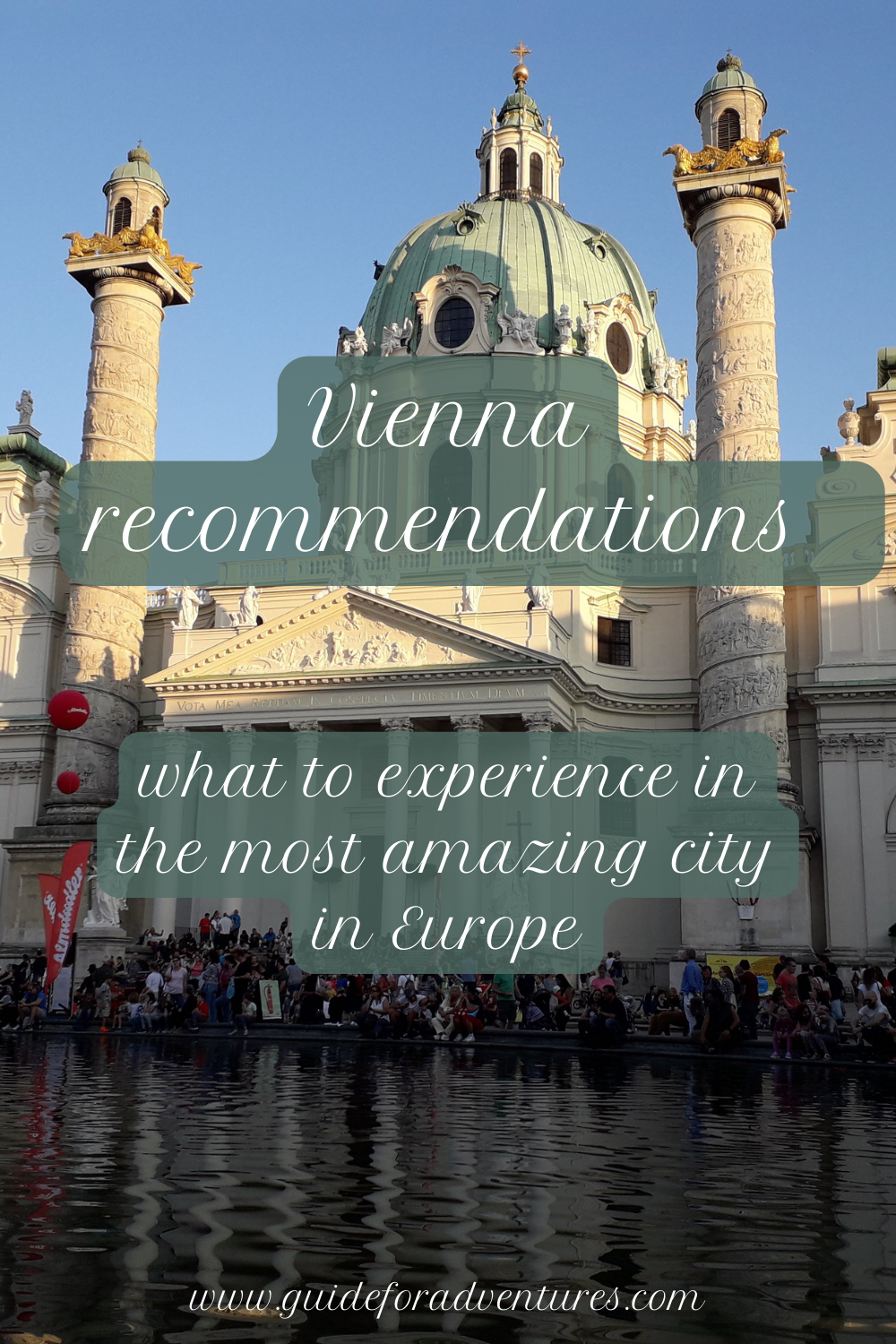European Solidarity Crops-volunteering: what it is and how to apply
07/02/2025
Hi all! I am back for the longest time! And I will tell you about my favourite mobility program for young Europeans: volunteering through European Solidarity Crops!
The Solidarity Corps has many kinds of cool international possibilities but in this post, I am concentrating on the cross-country volunteering program. The program aims to encourage solidarity through a range of volunteering and humanitarian projects across the European Union and even beyond. The European Solidarity Corps is funded by the EU, and all Europeans aged 18-30 can participate.
I will share with you my own experience participating in this program, tell a bit more about the pros and cons of volunteering through the European Solidarity Corps, about the support system and the financial side, and lastly describe the steps on how to participate.
Before moving on to the details, one thing to mention: I participated in this program from 2018 to 2019, when the mobility program was called European Voluntary Service (EVS). Some things might have changed over the years (and not just the name). I did try to do some research about how the program currently works but if you know something here is outdated, please let me know in the comments!
But let’s move on!
My volunteering experience
My volunteering project was a kindergarten in Vienna, Austria. The project started in September 2018 and I stayed in Vienna until June 2019. I took part in the everyday life of the kindergarten, helped the staff with cleaning and serving the meals, and just spent time with the children. We visited the nearby parks and playgrounds, did singing and art activities, and enjoyed Austrian lunches together. Since I volunteered for almost ten months, I was there during the several cool moments of the kindergarten year such as Saint Nicholas Day and the Carnival (or Fasching as they call it in Austria). It was fascinating to experience these celebrations we do not have in Finland.
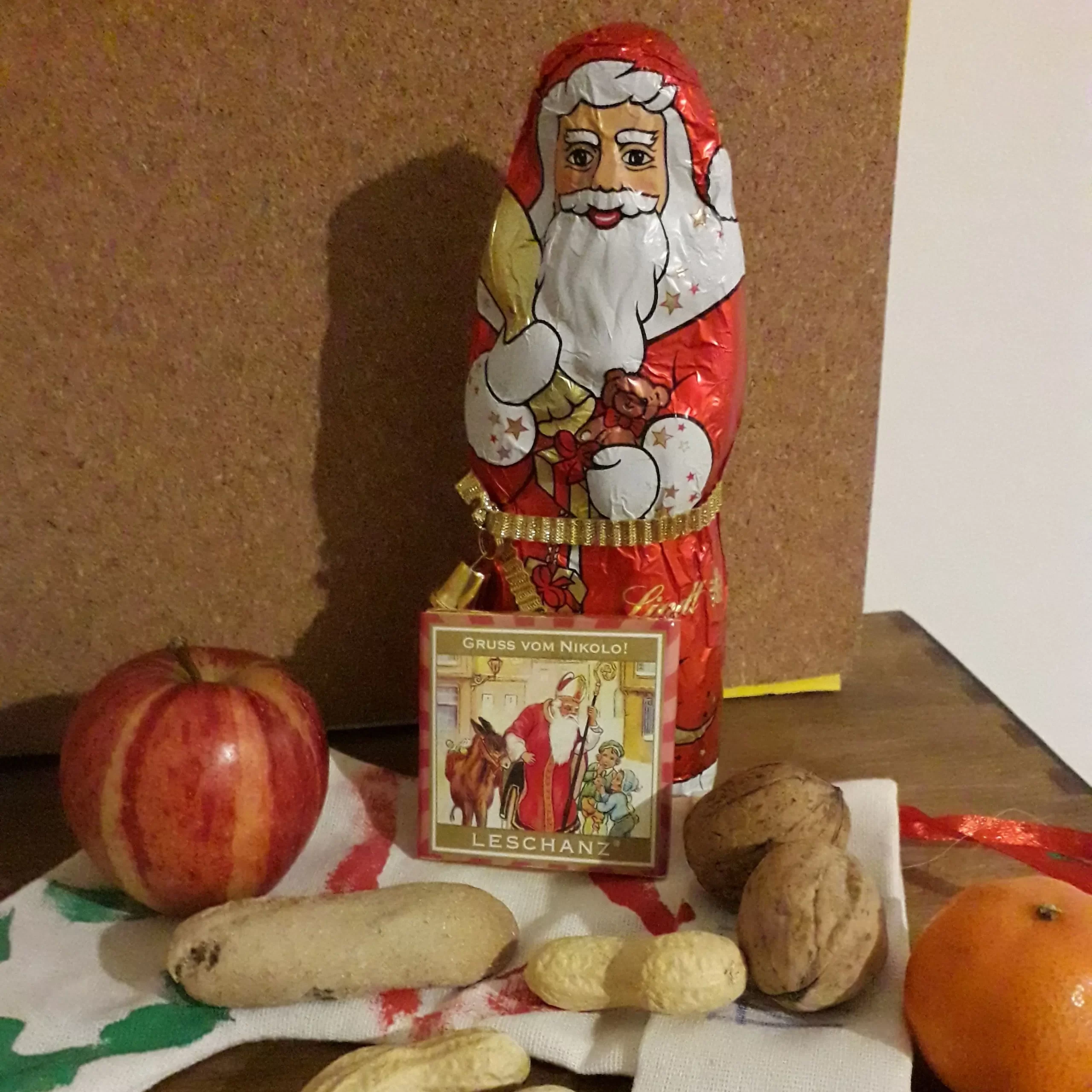
The kindergarten had had volunteers before, so everybody was lovely supportive and knew what kind of tasks to give a 19-year-old volunteer. Maybe because the children and the staff of the kindergarten were quite international, they were kindly welcoming, too.
During my stay in Vienna, I lived in a shared apartment with two other volunteers. It was super nice to have people doing similar things in the same house!
I will mention more details about my experience throughout this post. Let’s continue!
Pros
- The range of different projects is huge. Even if many projects are related to social fields (at least in my experience), not every project is a kindergarten. So you should be able to find something interesting for you!
- You learn new things interestingly and improve yourself while giving back to the local community.
- Unlike some other EU-funded mobility programs for young people, you do not need to be a university student to participate. If you are between 18 and 30, you can start whenever you can find a perfect project.
- A great support system. More about this after the cons.
- Even greater orientations and trainings during the whole program. This is a plus especially compared to Erasmus+ exchanges where the universities organise orientations whether they want to do that or not.
- Best financed mobility program for the participant! More about this after the cons, too.
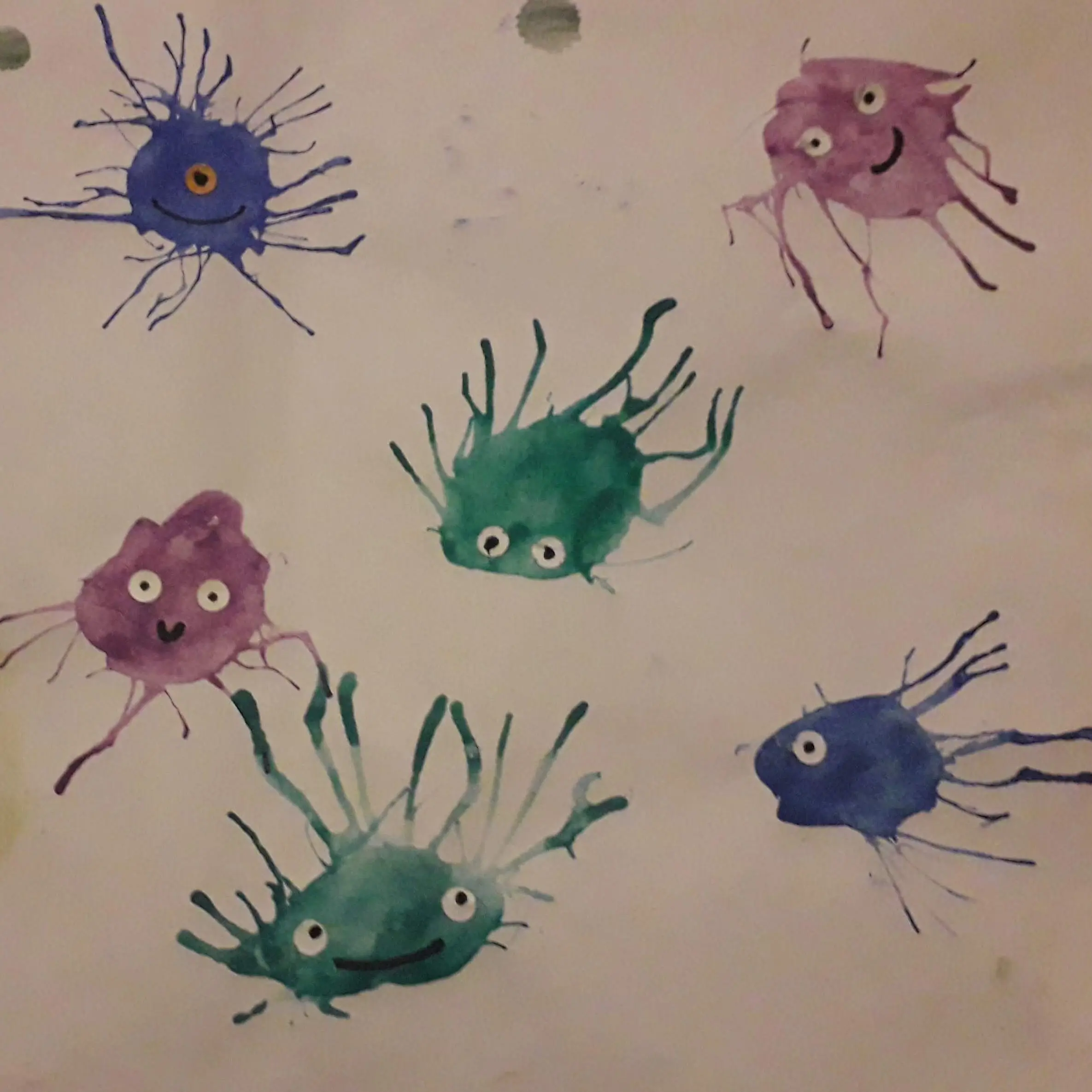
Cons
- The program is unfortunately not well known which I could imagine can influence the amount and quality of the projects. If the project has not had volunteers before, they may not know which tasks volunteers can do and for which they need to hire a real worker.
- Finding the projects and applying for them was a bit difficult for me. However, now that I looked into the program, the project search portal seems better. So hopefully they have improved this!
- You can only do this program once, which is sad.
- At least in theory, they do not accept university students because they have other ways of mobility.
- Even though the financial side is better than other mobility programs, you do not get rich by volunteering.
- And the quality of housing can be a bit questionable.
Support system a.k.a. all the organizational structures of the European Solidarity Corps
- Receiving or Hosting organization: this is the volunteering project. In my case, the hosting organization was the kindergarten.
- Coordinating organization: there might be another organization besides the host organization, which arranges the volunteers’ stay in the host city. In Vienna, there were several other volunteers and a local coordinating organization took care of us all. They coordinated our housing, transferred our monthly money, organized training, and helped us with the official paperwork. In addition, they organized free time activities such as visits to museums, hiking, and Christmas cookie baking. I even went to a traditional Viennese ball in Hoffburg with the organization! All these events and the activities of the coordinating organization were a great way to meet other volunteers in Vienna. However, not every project has a coordinating organization. In that case, the receiving organization takes care of the responsibilities of the coordinating organization.
- Sending organization: an organization in your home country. They are especially essential in the preparation process, but they are the contact people at home during the whole program. You can ask them for help with things you do not know and they also organize a pre-departure training.
- National Agencies: oversees everything at the national level and organizes training.
- Mentor: every volunteer has a mentor to support them during the program. The mentor is a person the volunteer can easily contact if they need someone.
The Financial side!
Some volunteering programs are self-financed and may even include a participation fee. The European Solidarity Corps is not like that. Even if you do not get rich by volunteering, the benefits are good in my opinion. This is what the volunteer receives:
- The accommodation is provided so the volunteers do not need to worry about the rent.
- Money for food (the amount depends on if the project offers food for the volunteer)
- The expenses to get to the project are covered (for example, I got money to buy a monthly ticket to the local transportation in Vienna)
- The travel costs to get to the destination country from your home are covered too.
- The accommodation and transportation for the trainings are paid.
- You get a sum for taking a language course to help you learn the local language.
- Insurance
- And then pocket money! I got 5 euros/a day but the amount varies from project to project
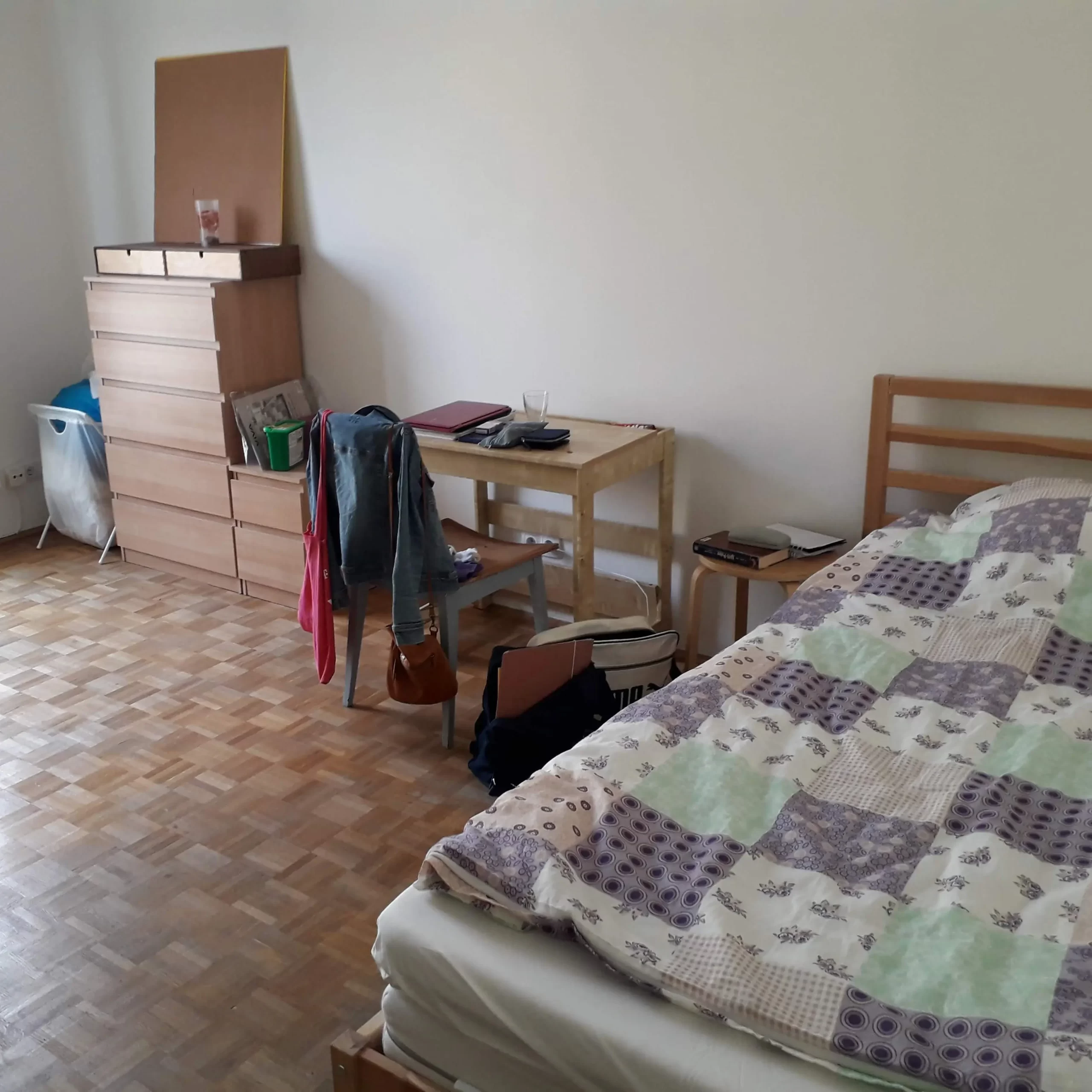
Anyway, especially the fact that you do not need to pay rent even while residing in a big city, makes the benefits flexible and takes good account of the cost of living in the destination. This is why I think the European Solidarity Corps is the best EU-funded mobility program financially.
The timeline of the volunteering
1. Searching for the right project and contacting the sending organization
This has probably changed the most since I did my volunteering. While doing research for this post, I found this Youth Portal: About | European Youth Portal (europa.eu)
You can find more information about the program on this page such as the instructions on how to apply. Apparently, the first thing you need to do is to register to the portal. After that, you can start searching for the right project for you. I could imagine this to be quite a straight straightforward system. Hopefully.
When I started planning my volunteering (about a year before my project started), there was no registration portal. There was a database where you could search for projects. It wasn’t very good. There was for example no mention of the application dates. I gave up on it almost immediately.
So I contacted my sending organization and informed them that I was interested in the EVS. They had an email list to forward available volunteering ads to people who were interested in the program. Most of them started immediately. I could not apply because of my schedule (it was my last year in high school). Finally, after three to four months there was an email about projects in Vienna starting in September. I applied for those and got a place!
2. Applying to the projects
Maybe the application process has changed with the portal but back in the day, the applications I sent to the project were similar to common job applications. This is probably the attitude you should have when writing the applications no matter the process.
Also, I heard that the projects interviewed some of the candidates beforehand. I did not do that so I do not know how it works.
3. Get your documents
In addition to the basic traveling documents such as passport and EHIC card (for EU citizens) and things like this, they may ask for other documents as well. Since I was working with children, I needed to get a criminal record and a health certificate from a doctor. Getting those may take some time.
At least back in 2018, the program included insurance so I did not have a separate travel insurance. I believe this is still the case, but you can think if you need your own insurance as well or if your project recommends having it.
3. Participate in a pre-departure training
Part of the program is the pre-departure training organized by the sending organization in your home country. There you can talk about the upcoming mobility and hear some tips for the program. I could imagine the training differs from country to country, but at least mine was an informative experience!
4. Book your flights!
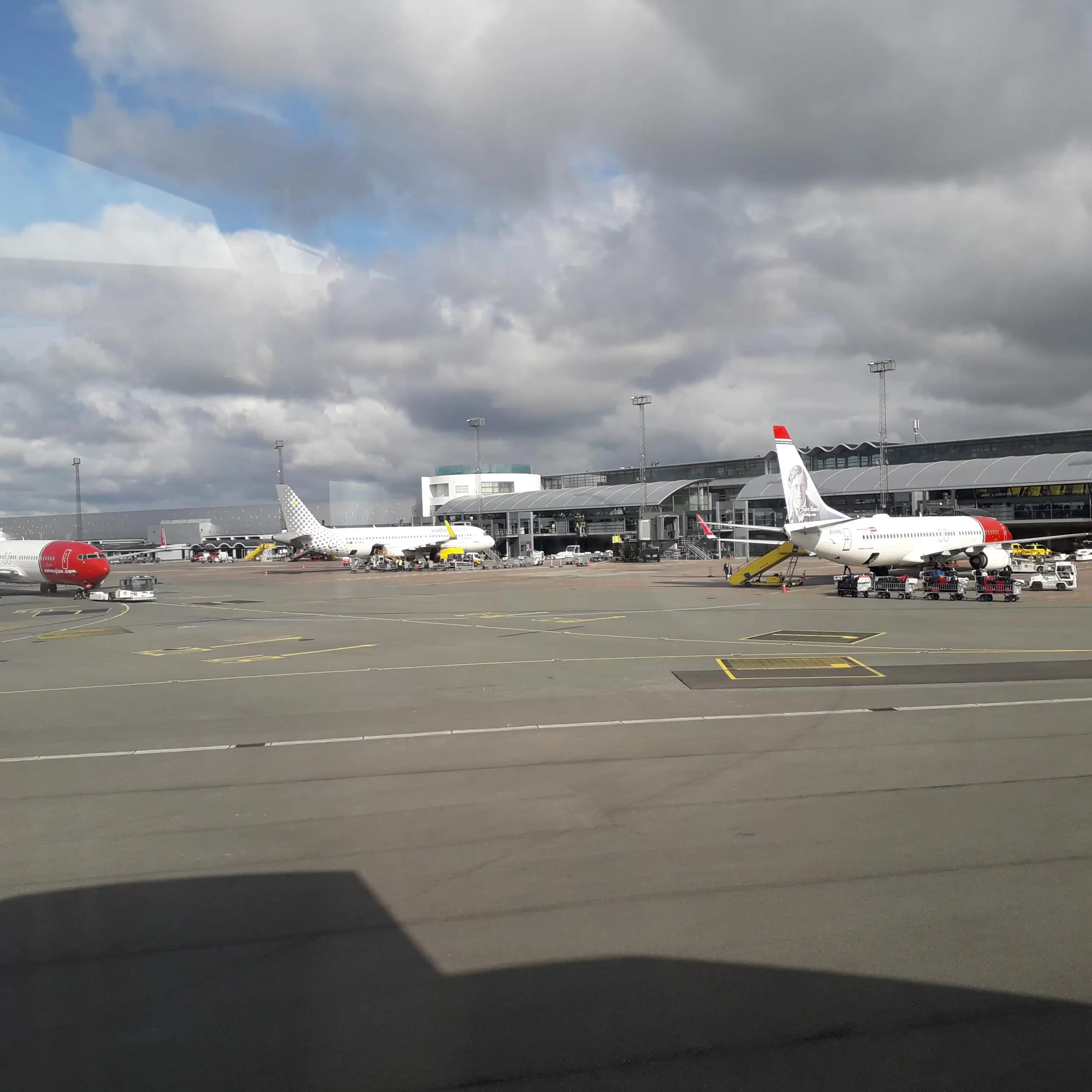
Yeah, this easy! You are ready to go.
As you can see, the process beforehand is easier than going to an exchange, for example. A huge reason is that you do not need to worry about accommodation. You should get the information about your home abroad and everything else you need beforehand by email. Before departure, I had been in contact via email with the coordinating organization that gave me information about the housing situation and other stuff. I also got a lovely email from the housing organization (the project), which welcomed me as part of their community. So expect those emails beforehand.
5. Enjoy the first days at your destination and the project
There are probably differences in projects in how the first days work but this is how mine went:
After I landed in Vienna, I met an Austrian girl at the airport. The coordinating organization had asked her to help me get to my flat, which was super nice. Less nice was the horrible mess in the flat when I arrived at my new home…
My flatmates also arrived during the first two days and it was such a pleasure to start this adventure at the same time with them. I also met my mentor during the first days. He showed me the way from our apartment to the project. That was super nice!
Our coordinating organization organized Welcome Days for the new volunteers in Vienna. We met the coordinators of the organization and of course, each other, got some tips, and went on a city tour. They also helped us with the official paperwork. Without their assistance, I would not have known at all what to do and to which office to go as a person moving to Vienna from abroad.
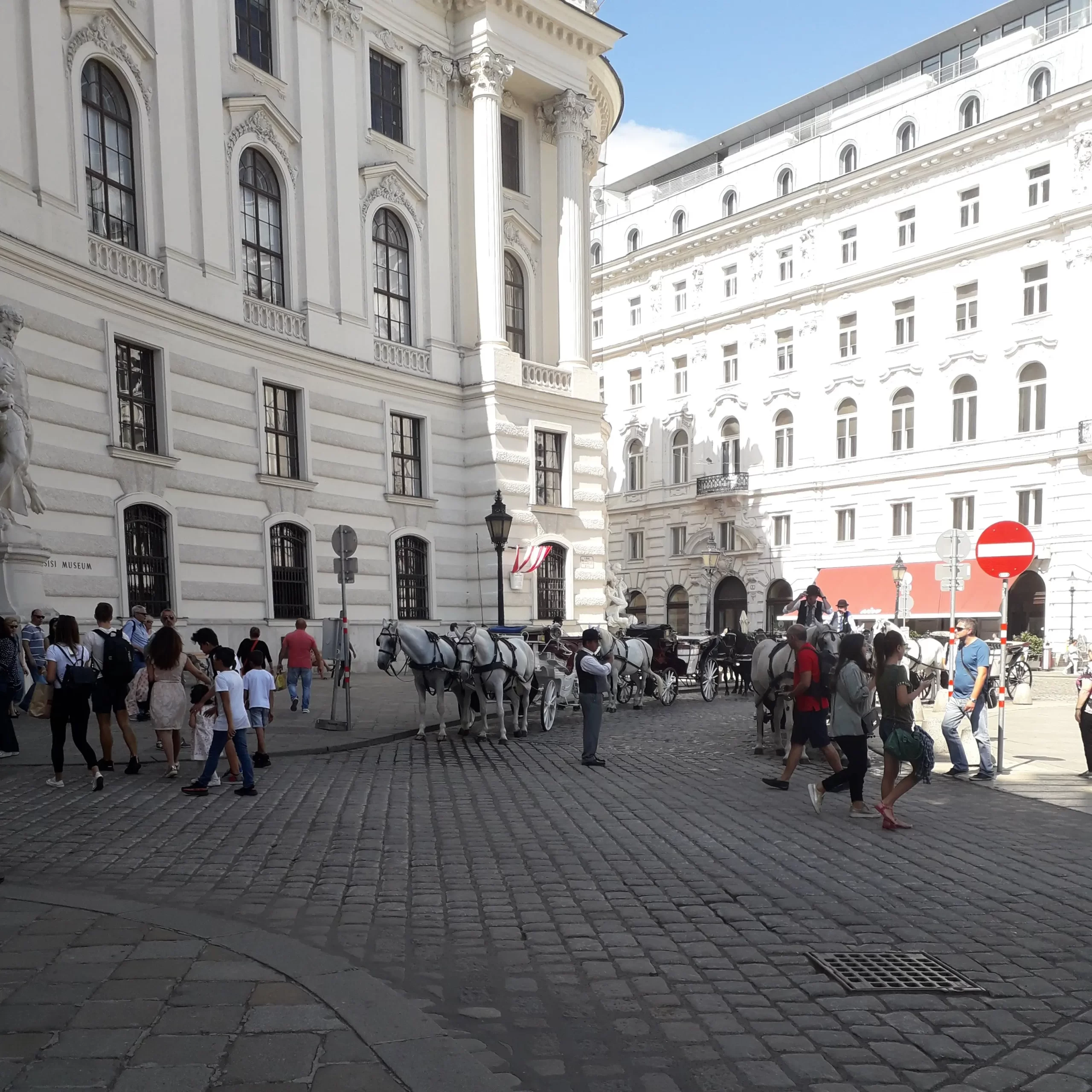
And then finally it was time for me to go to the kindergarten and meet everybody there. This was the most exciting day!
6. Participating in On Arrival training
After a couple of weeks, the volunteers will be invited to participate in the On Arrival training. This training is organized by the National Agency, and participants volunteering all around the destination country will gather the training. This is a great opportunity to meet other volunteers! Also, because this is training, you can get information on how to survive as a volunteer abroad.
When I did my volunteering, On Arrival training was held in Vienna. We had activities to reflect on our projects and time in Austria and get to know each other. Also, we got to know better the Austrian culture: we went on another city tour and cooked together an Austrian dinner, among other things. They were definitely the highlights of the training and the things I remember the best!
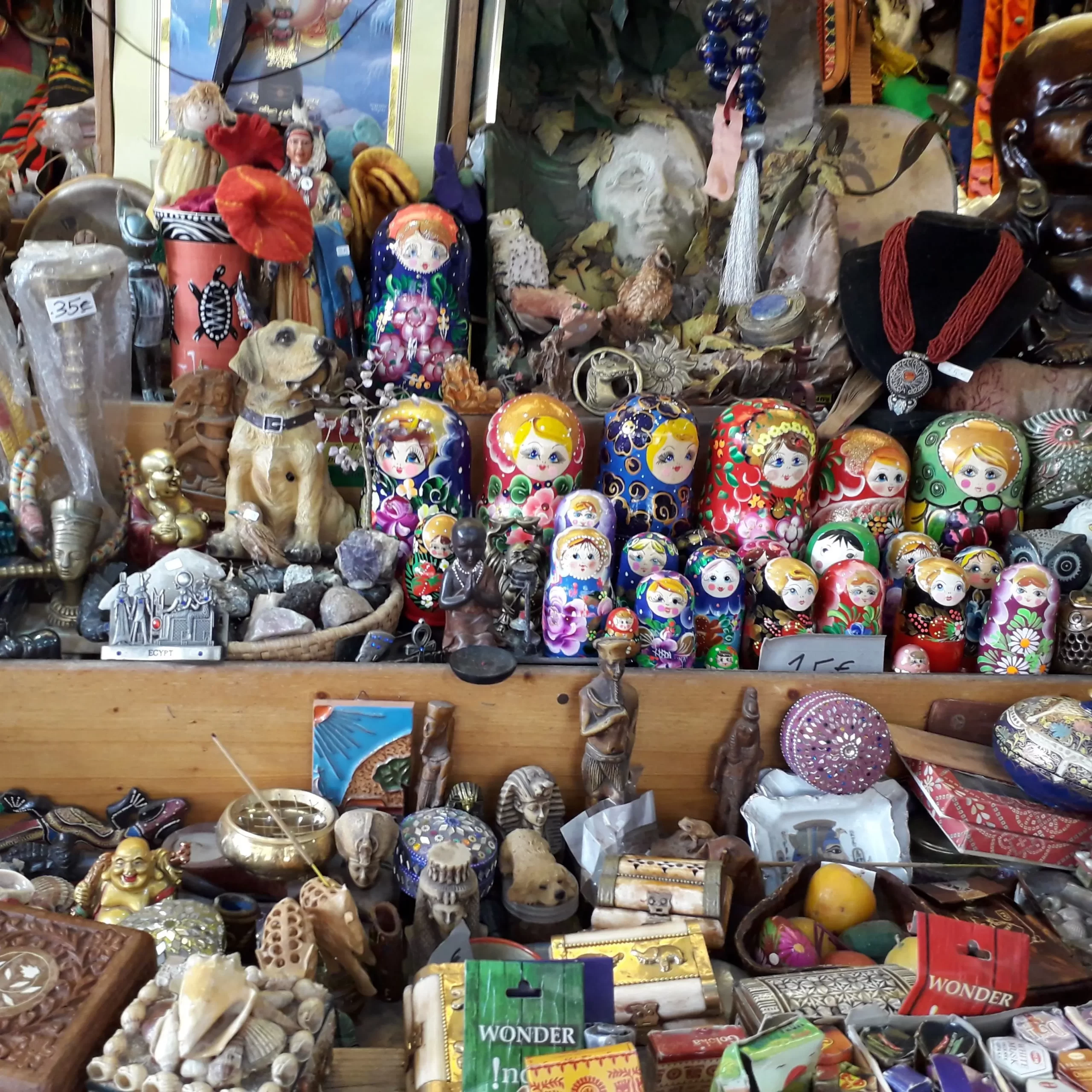
7. Participating in a language course
As part of the program, the volunteers are encouraged to learn the language of the host country. In practice, they get a sum of money for a language course. You can choose the course freely. If the course is more expensive than the sum, you pay the extra part yourself. This is what I did when I opted to do a German course organized by the University of Vienna.
In addition, the volunteers can also use Online Linguistic Support (OLS) in the same way as Erasmus students.
8. Participating in Mid-term meeting
In the halfway of the project, you can participate in Mid-term meeting. This is very similar to the On Arrival Training: it is also organized by the National Agency and volunteers around the country participate. In this meeting, you can discuss with the organizers and other volunteers about your volunteering so far and what you can still expect from the rest of your mobility abroad.
My Mid-term meeting was in Salzburg, which was a free trip to another city! Some participants were the same in the meeting as in the first training. It was nice to see familiar faces volunteering on other sides of Austria. As in the first meeting, we had activities to get to know each other and cultural activities such as a city tour and a little hike. Such memorable moments!
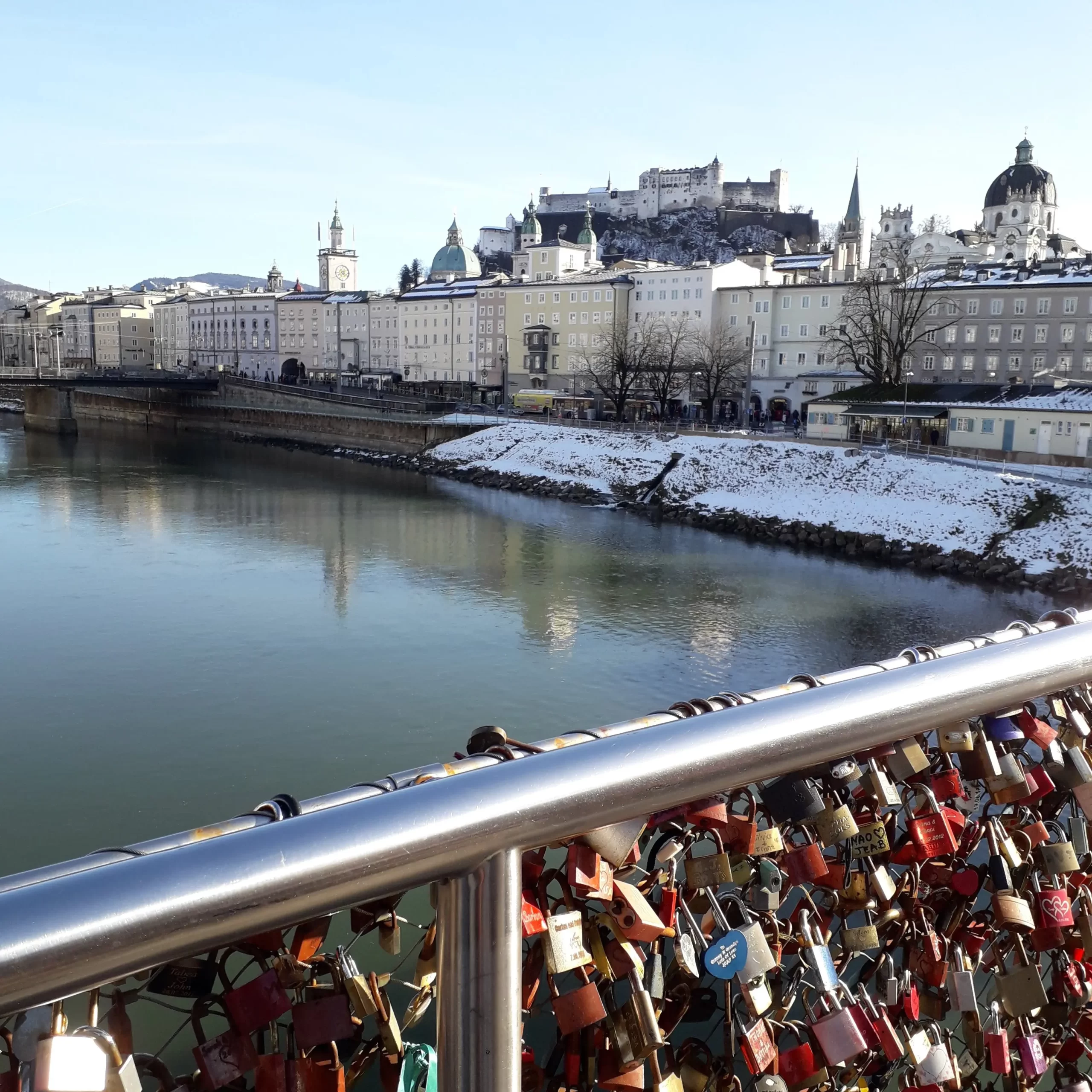
9. Filling the Youthpass
The Youthpass is the certificate you get for participating in the European Solidarity Corps. Its purpose is to help the participant reflect on what they learned during their project. The Youthpass is divided into competencies to recognize several kinds of learning (formal and non-formal) and skills gained. I do not go into more details on how to fill out the Youthpass because you can find the instructions here: Welcome to Youthpass – Youthpass
A person (usually in a leadership position) of your project will sign the Youthpass. It is therefore a proper document you can show as proof that you have done volunteering.
When I did my volunteering, the coordinating organization organized a workshop on how to fill the Youthpass.
10. Then it is time to go home!
When your project is over, there might be some other steps you need to do before going home. There are emotional farewells at the project. You may need to go to some magistratic office to announce you will be moving away your address. The coordinating organization might organize something at the end. And then you are on the way home!
So this is about everything I can explain to you about the European Solidarity Corps. As mentioned before, some of the things may be outdated because it has been some years since I participated. That all said, it was important for me to write about this mobility program because it is so far the best I have participated in. Also, I feel people may not know this as well as other EU-funded programs such as Erasmus. It is quite a shame.
The project itself surely affects how well the whole mobility will go but objectively, this one is the best financially and has the best orientation and support network that does not rely on the project. So yeah, if this sounds even a bit tempting, I highly recommend volunteering! For me, those nine months were some of the best of my life!
Also, I noticed this post may not show the glamorous side of Vienna but concentrates more on the experience of volunteering (especially the photos). If you are more interested in Vienna, please, check out my Vienna recommendations post and a guide about the museums in Vienna!
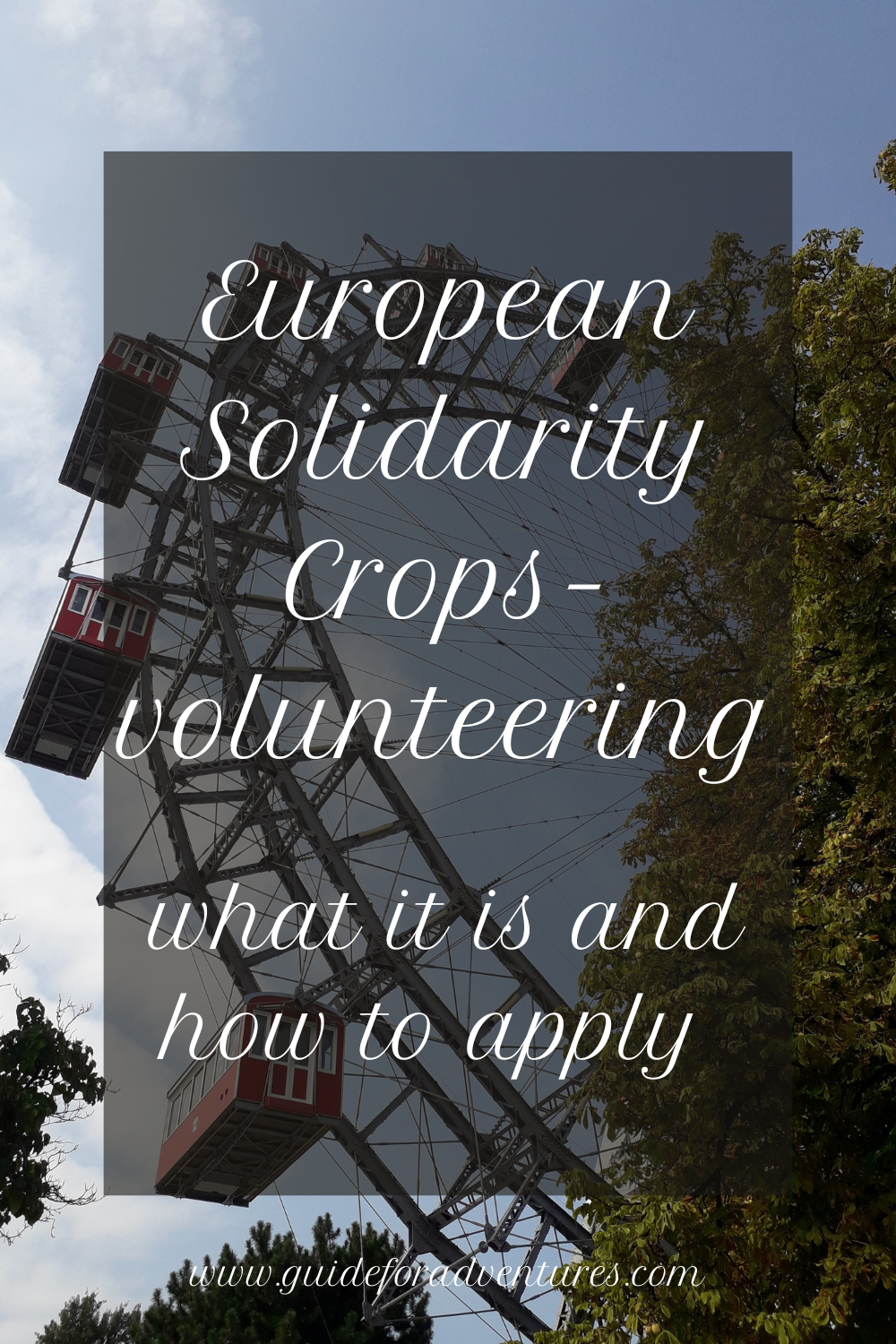
Related posts
Museums in Vienna: the Ultimate Guide
Hi all! Vienna is the place to go if you like museums! This post will help you to start exploring…
Vienna recommendations: what to experience in the most amazing city
Hi all! Vienna is the beautiful capital of Austria and one of my favorite places! In this post, I will…
ULTIMATE “LET’S GO ABROAD” LIST! Ideas for traveling
Hi all! It is possible to explore the world in many ways apart from holidays. You can work, study, volunteer……



